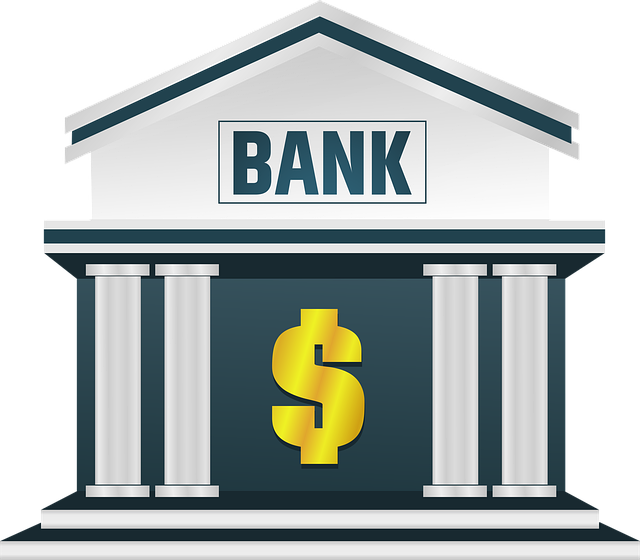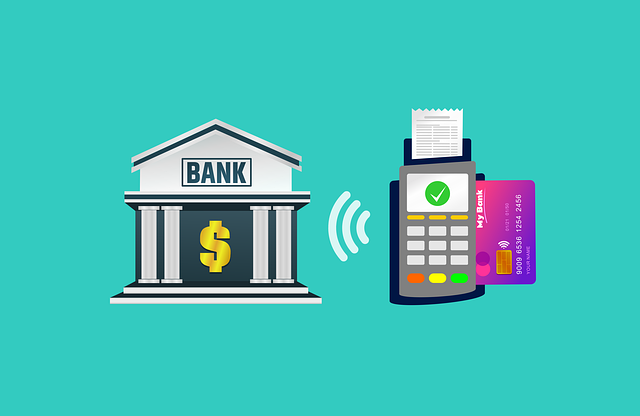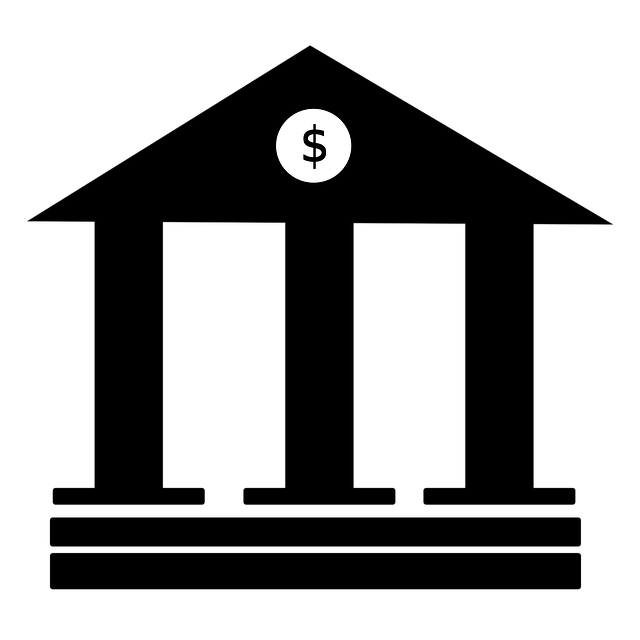Traditional bank and credit union loans offer fixed or variable rates based on creditworthiness, with predictable monthly payments ideal for major purchases. Alternative financing through online platforms provides flexible, dynamic rates tied to market trends and borrower risk, appealing to those with less-than-perfect credit but potentially higher costs. When choosing, consider interest rate structures: traditional loans for stability, alternative financing for accessibility and customized terms. Evaluate personal financial needs, risk tolerance, and compare loan terms to make an informed decision.
In today’s financial landscape, understanding the nuances between traditional and alternative loan options is crucial. While traditional loans have long been the go-to choice, the rise of alternative financing has shaken up the market with its unique interest rate structures. This article delves into these contrasting approaches, exploring key differences in interest rates, influencing factors, and borrower benefits. Whether you’re a lender or borrower, understanding these distinctions is vital for making informed decisions in the ever-evolving world of alternative financing.
- Understanding Traditional Loans and Their Interest Rates
- The Rise of Alternative Financing and Its Unique Rates
- Key Differences in Interest Rate Structures
- Factors Influencing Alternative Loan Interest Rates
- Pros and Cons of Each Loan Type for Borrowers
- How to Choose Between Traditional and Alternative Loans
Understanding Traditional Loans and Their Interest Rates

Traditional loans, often provided by banks and credit unions, are a well-established form of financing with fixed or variable interest rates. These rates are typically determined based on an individual’s creditworthiness, loan amount, and repayment term. For borrowers with strong credit profiles, traditional loans offer predictable monthly payments, making them a popular choice for purchasing homes or funding major expenses. The interest rates on these loans tend to be more stable compared to alternative financing options, providing borrowers with a clear understanding of their financial obligations.
In contrast, alternative loans, also known as non-traditional or peer-to-peer lending, have gained popularity in recent years. These loans are often facilitated by online platforms and may offer competitive interest rates, especially for borrowers with less-than-perfect credit. However, the interest rates on alternative loans can vary widely and are sometimes subject to change during the loan term, making it crucial for borrowers to carefully review the terms and conditions. Understanding these differences is essential when deciding between traditional and alternative financing options, as it directly impacts the overall cost of borrowing.
The Rise of Alternative Financing and Its Unique Rates

In recent years, the landscape of financing has seen a significant shift towards alternative financing, a term that encompasses various non-traditional loan options. This evolution is driven by changing consumer needs and the entry of innovative financial technology (fintech) players into the market. Unlike traditional loans from banks or credit unions, which often come with stringent eligibility criteria and fixed rates, alternative loans offer flexibility and tailored terms. These include peer-to-peer lending, crowdfunding, and online lenders who utilize advanced algorithms for risk assessment, enabling them to provide funds to a broader range of borrowers.
One unique aspect of alternative financing is its interest rate structure. Rates on these loans can fluctuate widely based on market conditions, borrower profiles, and risk assessments. While this may result in higher borrowing costs compared to fixed rates offered by traditional lenders, it also provides borrowers with the potential for lower rates over time. The competitive nature of the alternative lending space encourages lenders to offer competitive terms to attract borrowers, making it an exciting and dynamic segment of the financial services industry.
Key Differences in Interest Rate Structures

When comparing traditional and alternative financing options, one of the most significant factors is the interest rate structure. Alternative loans, often provided by peer-to-peer lenders or online financial platforms, typically offer more flexible and variable interest rates. These rates can be influenced by market conditions and the borrower’s creditworthiness, allowing for potential lower initial rates. In contrast, traditional loans from banks usually have fixed interest rates, which remain constant throughout the loan period. While this provides stability, it might not always be as competitive as alternative options, especially in a dynamic economic climate.
The interest rate difference can have a substantial impact on the overall cost of borrowing. With alternative financing, borrowers may face higher variable rates if their credit profile changes or market conditions shift. However, these loans often come with more transparent terms and conditions, offering better predictability for borrowers who understand market fluctuations. Traditional loans, while offering fixed rates, might have stricter eligibility criteria, making it challenging for borrowers with less-than-perfect credit to secure favorable terms.
Factors Influencing Alternative Loan Interest Rates

Interest rates for alternative financing, or alternative loans, can be influenced by several unique factors compared to traditional loan options. One key determinant is the risk profile of the borrower and the underlying collateral. Since alternative loans often have less stringent requirements for creditworthiness and collateral, interest rates may reflect the higher risk taken on by lenders. The type of alternative financing also plays a role; for instance, peer-to-peer (P2P) lending platforms might offer lower rates to attract borrowers, while specialized lenders catering to specific niches could charge premium rates based on their expertise and the unique nature of the loans they provide.
Additionally, market conditions and liquidity concerns impact alternative loan interest rates. Lenders in these markets may adjust rates based on supply and demand dynamics, as well as the overall health of the economy. The regulatory environment is another critical factor; stricter regulations could lead to higher costs for lenders, which might be passed on to borrowers in the form of increased interest rates. Conversely, favorable regulatory changes aimed at promoting access to credit could result in more competitive alternative financing rates.
Pros and Cons of Each Loan Type for Borrowers

When considering alternative financing options versus traditional loans, borrowers must weigh the pros and cons of each type. Alternative loans, often offered by non-bank lenders or peer-to-peer platforms, have gained popularity in recent years. One significant advantage is their accessibility; they tend to have less stringent requirements compared to traditional banks, making them an attractive option for those with limited credit history or lower credit scores. This inclusivity can be a game-changer for folks who might otherwise struggle to secure funding.
However, alternative financing comes with potential drawbacks. Interest rates on these loans are often higher than those offered by established financial institutions. Lenders may also charge various fees and have less transparent terms, making it crucial for borrowers to read the fine print. In contrast, traditional loans from banks or credit unions typically offer lower interest rates and clearer terms, but they may require a strong credit history and rigorous application processes. Borrowers must carefully consider their financial situation and choose the loan type that aligns best with their needs and long-term goals.
How to Choose Between Traditional and Alternative Loans

When deciding between traditional and alternative loans, understanding the differences in interest rates is key. Traditional loans from banks or credit unions often come with fixed or variable interest rates, depending on your creditworthiness and the loan terms. These rates are typically lower for borrowers with strong financial histories. Alternatively, financing from non-traditional lenders like peer-to-peer platforms or online banks might offer more flexible rate structures, such as adjustable rates tied to market indices. These alternative loans can be attractive for those seeking speedier approvals or custom financing options not readily available through conventional channels.
To choose wisely, assess your financial needs and risk tolerance. If you prefer predictable monthly payments and a lower initial rate, traditional loans might be the safer bet. Conversely, if you’re comfortable with potential rate fluctuations and require access to funds quickly or for a specific purpose that alternative financing offers, you may find it more suitable in the short term. Compare interest rates, loan terms, and any associated fees to make an informed decision based on your personal circumstances.






